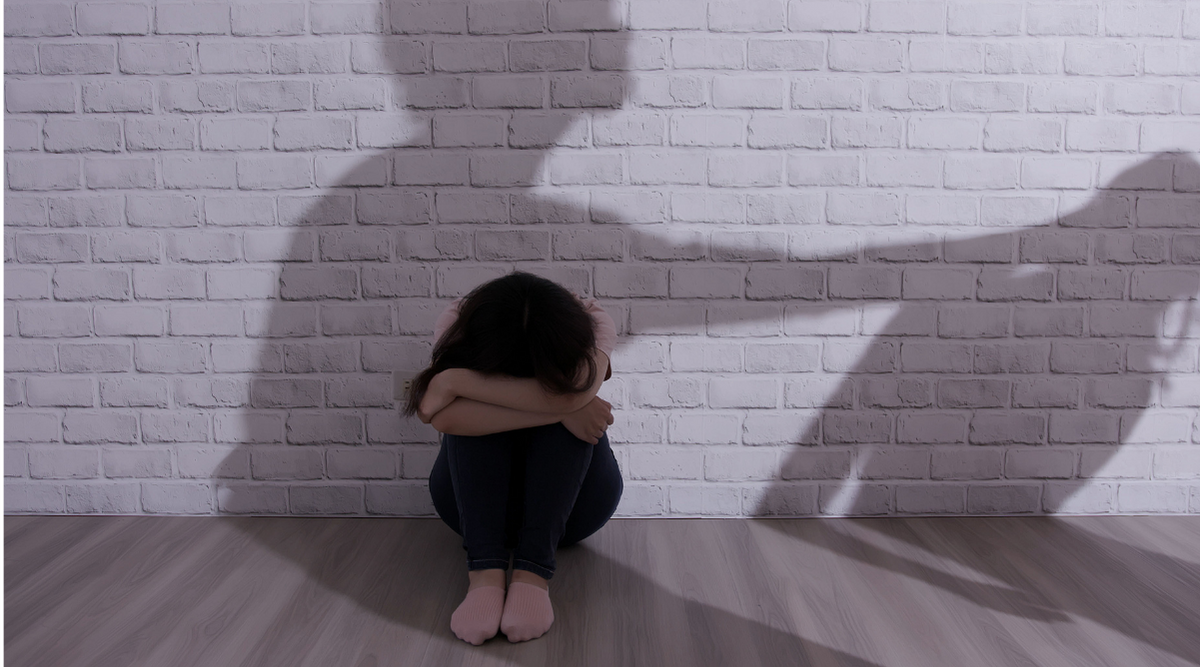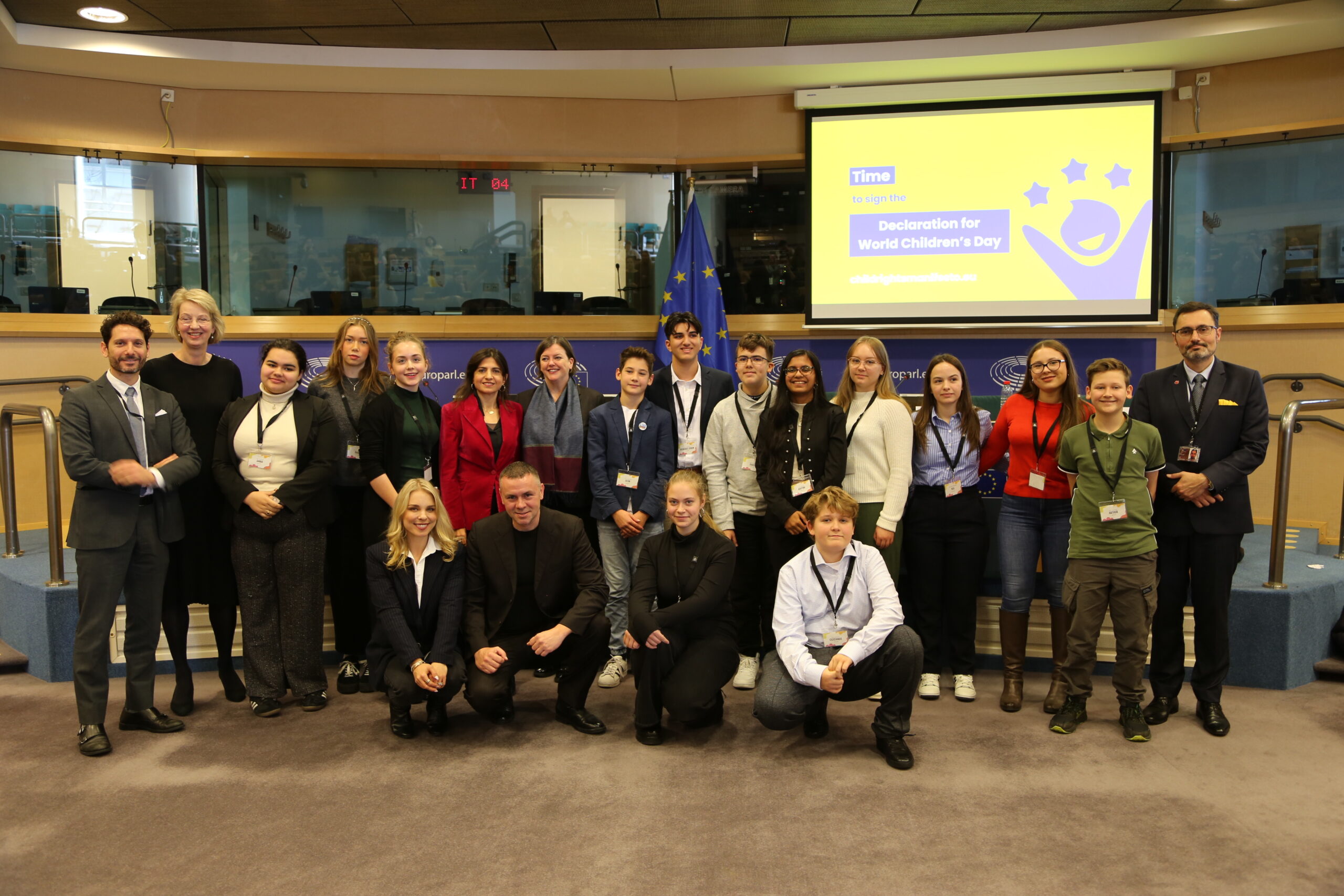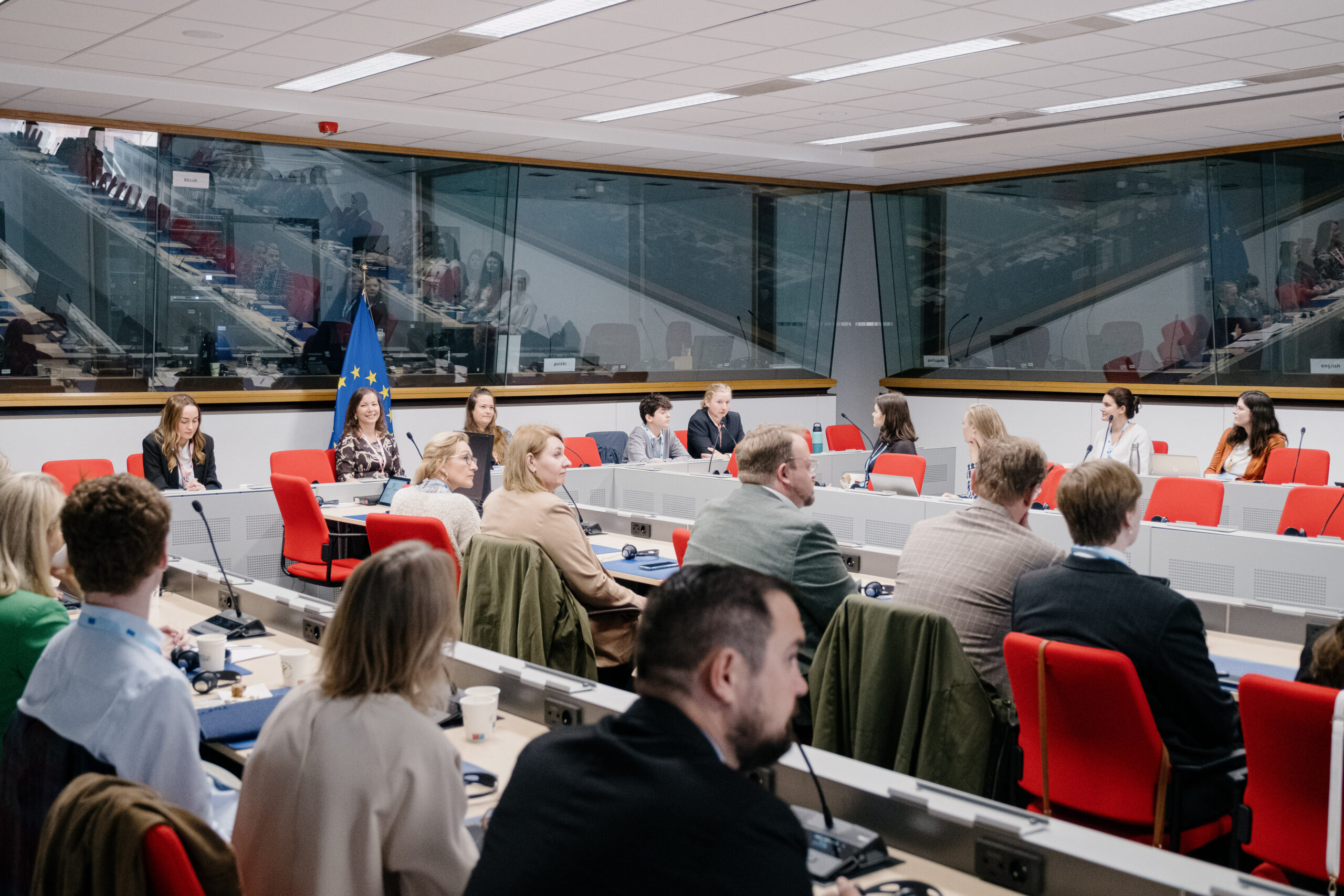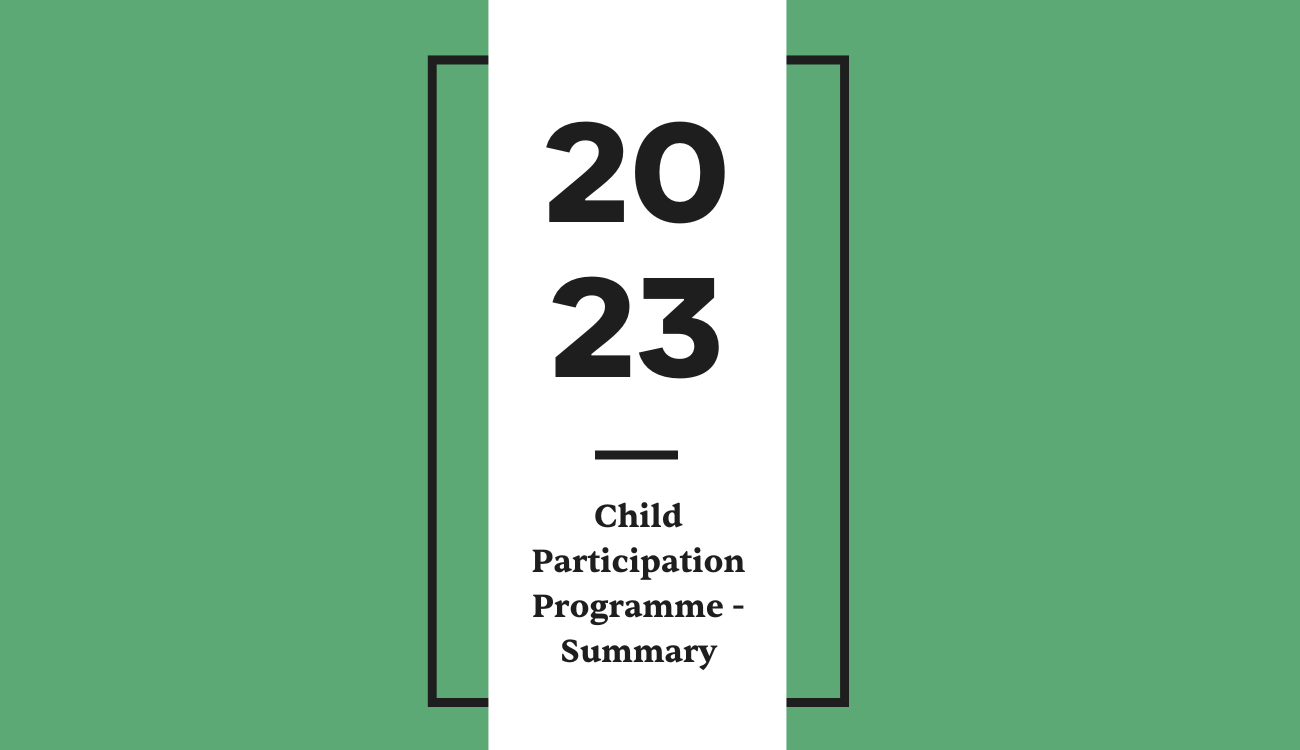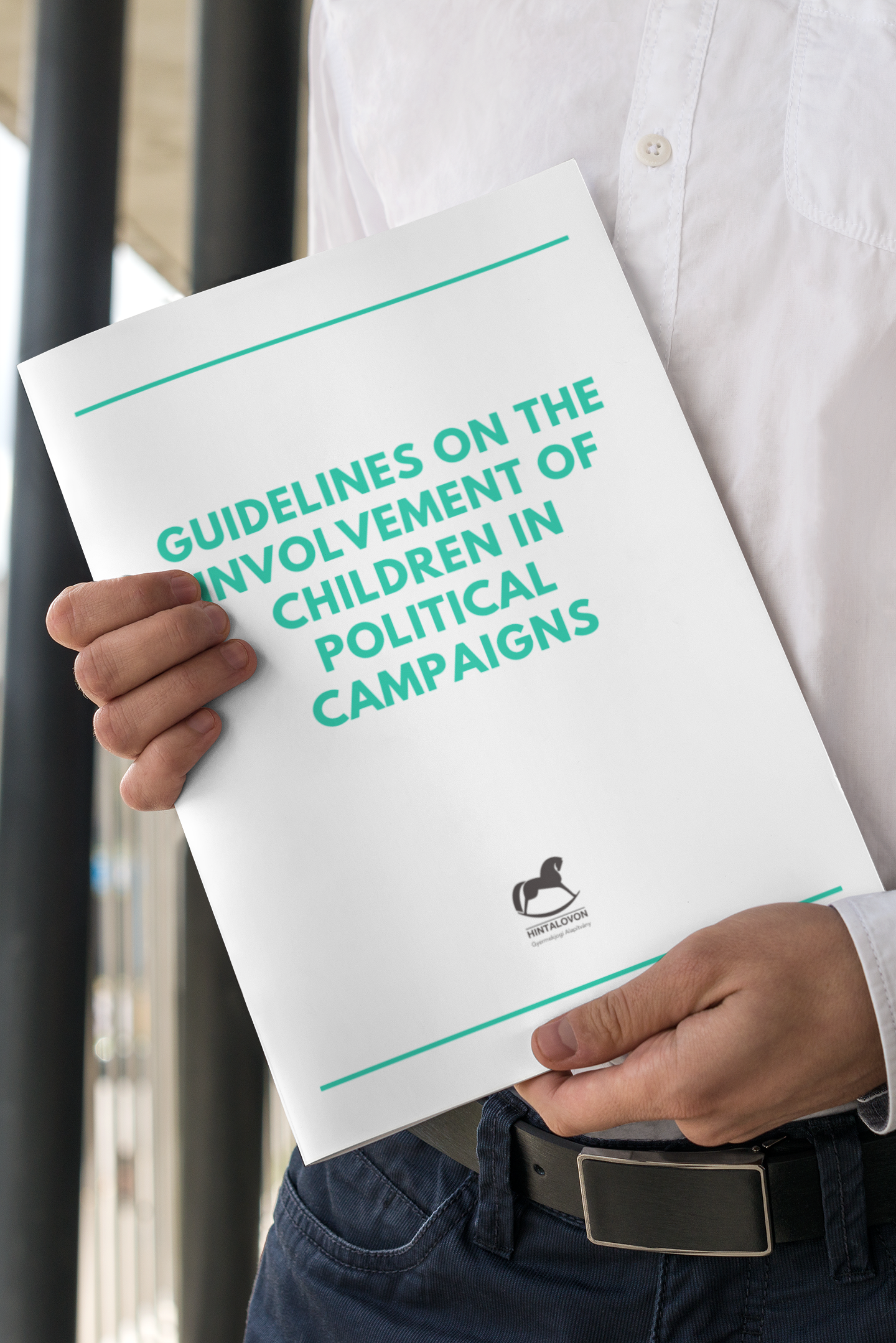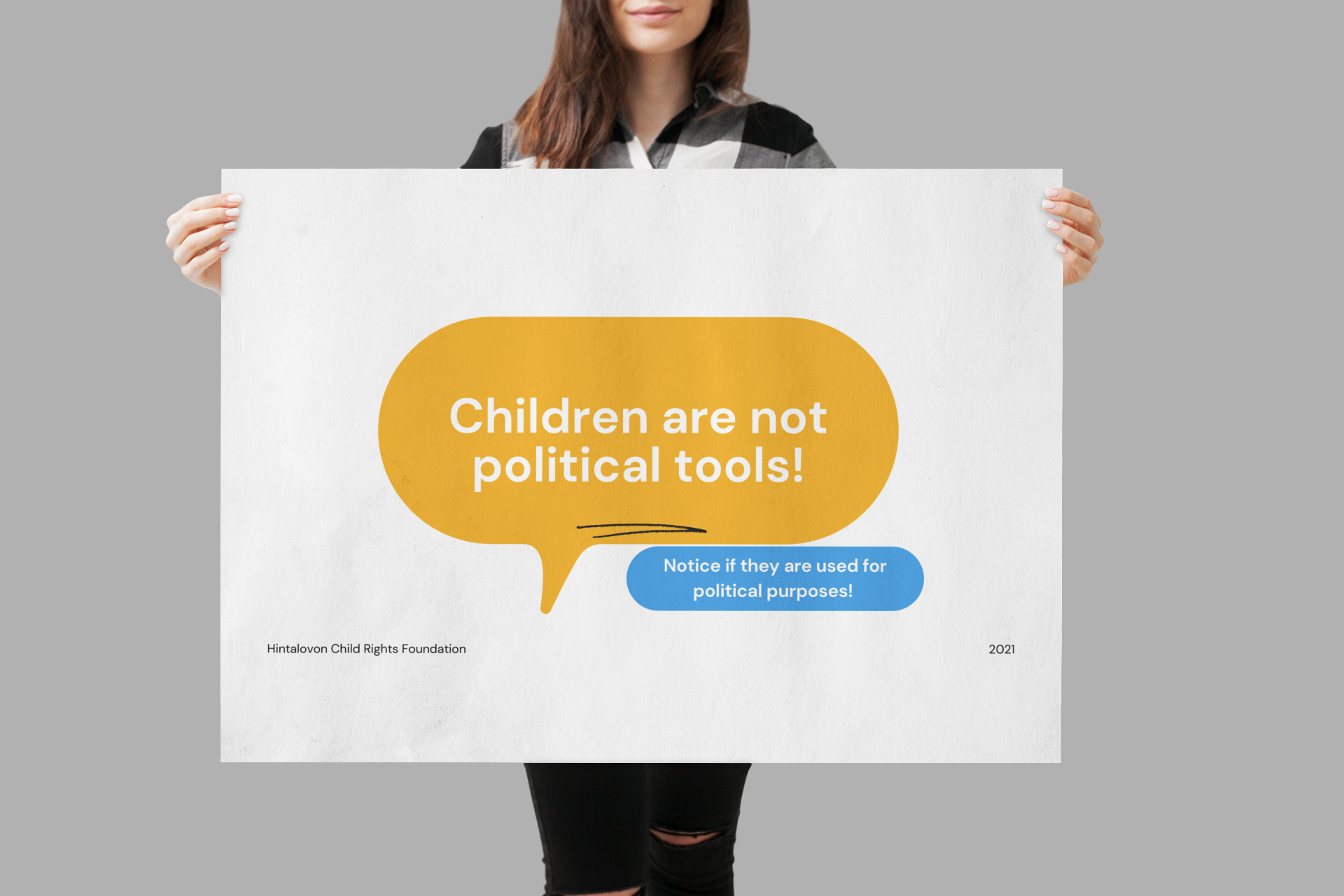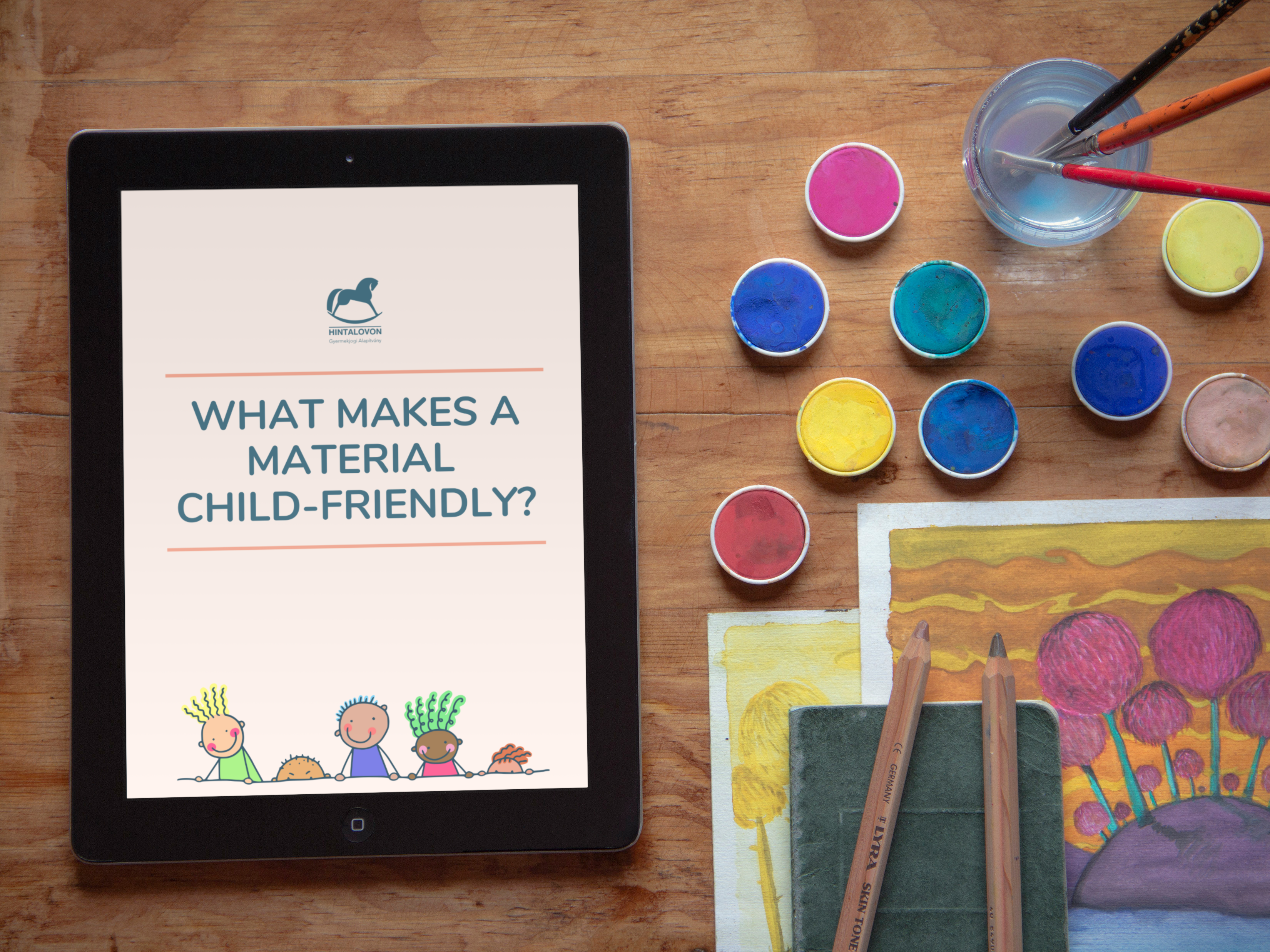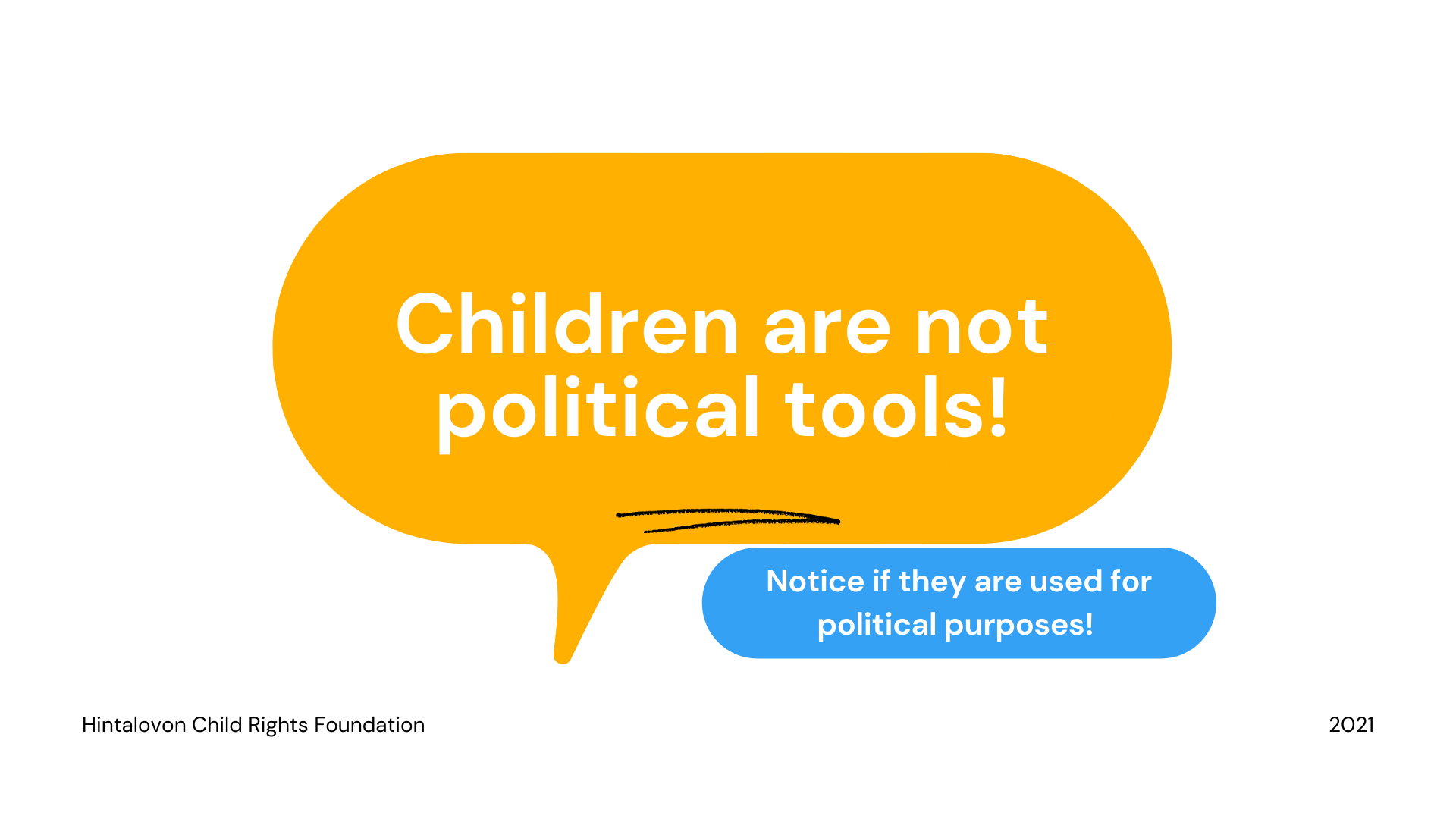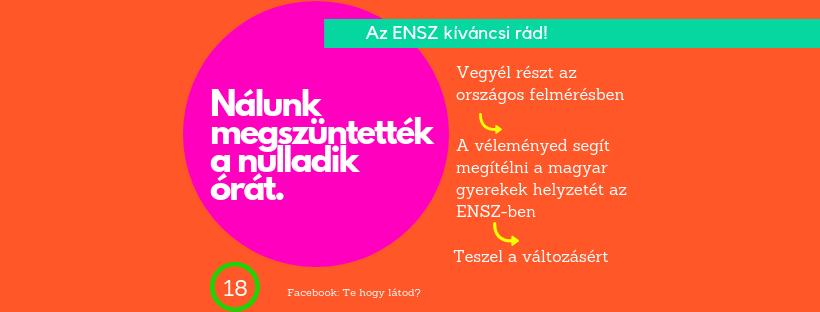We can only protect children from violence if we know what abuse is.
What is violence?
There are many forms of violence, but all of them are unacceptable: physical abuse, emotional abuse, toxic words, humiliation, making others feel vulnerable, isolation, financial exclusion, indirect abuse (for example through another family member), sexual abuse, sexual exploitation – each and one of these are forms of violence. In Hungary, there is zero tolerance for all forms of child abuse (Article 19 of Act LXIV of 1991; Article 6(5) of Act XXXI of 1997) The principle of zero tolerance does not in fact provide “extra” protection for children, as it also applies to adults. There is no hierarchy between the basic forms of violence against children, so children are equally protected against physical, emotional, sexual violence and neglect
No form of violence against children is acceptable and all forms are preventable.
Does one slap count as an abuse?
Beating a child might hurt more physically than ‘just’ slapping him or her, but both are forms of violence and both violate the right to respect the child’s human dignity and physical integrity, as well as the principle of zero tolerance. Several studies have shown that milder forms of corporal punishment may lead to more serious violence.
The child was not hurt… s/he just heard us shouting…
The child who witnesses the abuse is just as much a participant in the violence that takes place. It causes the same psychological damage as if he or she had been slapped or scolded. According to the methodological guidelines issued by the Directorate General for Social Affairs and Child Protection of the Ministry of Human Resources (MHR), “if the child is also a witness to violence between relatives, the child must be considered to be at risk, as if the abuse were directed against him or her.” Continuously ongoing conflict between parents is considered a high-risk case of child endangerment and is therefore considered a serious risk in itself, without taking into account the classification of other forms of abuse.
What to do if you see violence? Is there a duty to report?
If there is a suspicion of child abuse, it is important to report it to the appropriate authority, which must investigate all reports. The purpose of a report is to draw attention to neglect, inappropriate parenting, abuse or concerns about a child’s behaviour. The report should be about the child and what the adult or professional has observed about the child (what the child has said, how he or she has behaved, what physical symptoms he or she has exhibited). It should be about what the adult SEES and OBSERVES about the child, not about the assumptions that the adult thinks are causing the child to behave as the adult thinks.
It used to be said that if it takes a village to raise a child, then it takes a village to look the other way and remain silent about child abuse and neglect.
What is the difference between filing a complaint and reporting?
The purpose of a report is to draw attention to neglect, inappropriate parenting, abuse, or to raise concerns about a child’s behaviour. In these cases, it is the responsibility of the child protection reporting system to file a complaint. A report can be made to the child welfare service or the child protection agency. On the other hand, a complaint needs to be filed with the police, verbally/written (either by e-mail or via the client portal). Once a complaint has been filed, the police will investigate, look for evidence and interview witnesses.
Who can report child abuse and where should it be reported?
The point of a report is that a lay person can provide information to any actor in the child protection system if they suspect that a child is being abused or is at risk. This information is then passed on to the appropriate professional who can intervene on behalf of the child. The report can be made anonymously, even by a lay person to any of the following institutions:
- child welfare services
- child welfare centre
- child welfare authorities (in each municipality, their location and main contact details can be found on the Internet)
- in schools/kindergartens, the social worker (the name and contact details should be displayed in the institution, but if not, the management should know).
When should a report be made?
In the case of serious endangerment, professionals are required to report within 72 hours at the latest, or within 8 days if the risk is suspected. In the case of a serious endangerment, the best course of action is to contact the police (they will then inform the child protection services).
Who must be informed?
There are official members of the child protection reporting system who are obliged to report child abuse or endangerment, such as paediatricians, district nurse, kindergartens, schools, but other people can also report (a neighbour or even a parent of a classmate).
Can I get in trouble if I report? What are the consequences for me?
There are situations where no one reports because adults who know or suspect child abuse do not want to/are unable to report. This may be due to:
- cowardice, comfort (“it is better not to know what is happening”),
- insecurity (“it might not be what I think”),
- resignation (“nothing will happen anyway”),
- fear (“maybe I’ll create a worse situation if I report”),
- or bad experience (“I reported it last time and nothing happened, and I ended up being the one who got in trouble”).
Whatever the reason, in such cases children are left on their own and need to ask for help or find an adult who can advise them. In many cases, reporting means confrontation, conflict or argument. These situations should be taken up by professionals in particular in the best interests of the child. The child’s safety comes first, but when reporting, the adult can of course also think about his or her own safety. It is possible to ask for confidentiality when making a report, but it is also possible to ask for a prior case consultation with child welfare services if you are unsure how to make a report. Reporting is the responsibility of adults to help the child rather than being complicit with the perpetrator or abuser.
What can a child do if they are being abused? Where can a child report abuse?
Many children struggle with the difficulty of not daring to speak up or ask for help if they see someone being hurt (or even being hurt themselves) because they don’t want to be labelled a ‘snitch’. This is why it is crucial that as parents (or as adults working with children) we talk to the child repeatedly about abuse, how it manifests itself and what they can do when they experience it. It is important for children to know that wherever (at home, on the street, at school, etc.) they encounter abuse, there must be consequences. And there can only be consequences if other adults are made aware of it. So it must be explained that in such a case the child should tell us or an adult around him/her. Any adult in whom the child trusts: his/her parents, grandparents, a friend’s parents, a teacher, the school psychologist, etc. If there is no such adult in the child’s environment, or if the child is afraid/unwilling to tell, he/she can call the Blue Line at 116-111 anonymously, where they can also help him/her in such a situation. It is important that the child understands that whether he/she is being abused or a peer, the abuse will only stop and have consequences if another adult who can take action (including contacting the child protection reporting system, the relevant authorities, etc.) becomes aware of the matter.
What is community-based child safeguarding?
Protecting the well-being and safety of children is the responsibility of the whole community. It is important that members of the community are able to recognise when a child is in trouble and know who to contact and how to contact them. There are a number of prerequisites for this, such as having a shared knowledge, knowing each other, trusting each other and good communication between community members. Put simply, community-based child safeguarding is a cooperation between the ‘village’ surrounding the children, with the aim of guaranteeing their safety.
How to talk about abuse with the person who has been abused?
In order for the victim to talk about what has happened to them, they must first of all feel safe. It is important to know that you can trust the person who is listening to you and that you have enough time to talk about what has happened. The story told by the child may not be detailed enough at first, or, on the contrary, he or she may describe certain memories in great detail. The story may also be incoherent, with contradictions and incomprehensible details after several repetitions. The storytelling should not be rushed, misleading questions should not be asked. In the case of sexual assault, it is important to know that in most cases the assault is committed in a place known to the victim, by a person known to the victim. It is typical that there is a huge amount of victim’s guilt about what the victim could have done differently, so it is important to reinforce that it is not their fault that it happened, they are not responsible for the abuse.
